With his great intellectual stature and philosophical poetic style, Che Lan Vien not only contributed to renewing the appearance of Vietnamese poetry but also opened up new depths of perception for modern poetry.
He is a poet of philosophical questions, of anxious contemplation and of the fusion between the individual and the era. He began his poetic career very early, at the age of 17 he became famous with his first collection of poems , Dieu tan (1937) - a unique phenomenon of New Poetry with a strange, enchanting tone, imbued with surrealism and spirituality. Although not yet revolutionary, the collection of poems showed a melancholy inner self and a desire to seek metaphysical beauty, which would later develop into the depths of thought in his resistance poetry and philosophical poetry.
After the August Revolution, Che Lan Vien entered a new period of poetry, closely associated with revolutionary ideals, with the resistance war and national construction. From a metaphysical poet, he transformed into a soldier on the ideological and artistic front. He not only wrote poetry to reflect reality but also used poetry to explain and elevate reality with sharp philosophical thinking. The highlight of Che Lan Vien's poetic style is the profound philosophy, the "ideological" nature in poetry, something that not many poets at that time dared to experience to the end. For him, poetry is not only the voice of the heart but also the voice of intelligence, of national and human consciousness. The words in his poetry often have the appearance of philosophy, of questioning and reflection:
"When we are here, it is just a place to live.
When we go, the land suddenly becomes the soul"
Those verses express the movement of personal emotions merging with the depth of national ideology, the crystallization of the concrete and the abstract, between land and people, between individuals and communities.
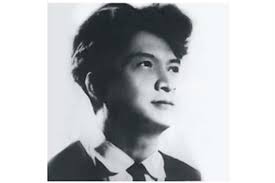
Poet Che Lan Vien
Photo: Document
Che Lan Vien also stands out with his concise, condensed language, with many layers of meaning, creating a poetic field with spiritual and rational depth. He is one of the pioneers who brought poetry into theoretical depth, enriching the anti-French and anti-American poetry by not only expressing the fighting spirit but also reflecting thoughts on values, ideals and sacrifices.
In the poem " Has the Fatherland ever been this beautiful", Che Lan Vien emphasized the above poetic style : Oh Red River, the song of four thousand years/Has the Fatherland ever been this beautiful?/Not yet! And even in the most beautiful days/When Nguyen Trai wrote poetry and fought the enemy/Nguyen Du wrote Kieu, the country turned into literature/ (...) The days I live here are the most beautiful days of all/Even though tomorrow life will be a million times more beautiful/Fruit falls on the shirt of the person admiring the fruit/The path of humanity passes through the shadow of green leaves ...".
LEAVING A VALUABLE POETIC HERITAGE
Poet Che Lan Vien's birth name is Phan Ngoc Hoan, born in 1920 in Dien Chau, Nghe An, a member of the Communist Party of Vietnam, a member of the Vietnam Writers' Association (1957). He died in 1989 in Ho Chi Minh City. As a child, he lived in Quy Nhon. In 1939, he went to study in Hanoi , then worked as a journalist in Saigon, then taught in Thanh Hoa and Hue. In August 1945, he joined the revolution in Quy Nhon, then went to Hue to work for the Quyet Thang newspaper of the Viet Minh Central region. During the resistance war against the French, he worked as a journalist in Inter-zone IV, sometimes in Thanh Hoa, sometimes in the occupied Binh Tri Thien area. When peace was restored, Che Lan Vien worked in Hanoi, holding many positions: Standing Committee member of the Vietnam Writers' Association; National Assembly delegate of the IV, V, VI, VII terms; Member of the Unification Committee of the IV and V National Assembly.
Entering the Renovation period, Che Lan Vien was also one of the first people to raise the issue of the responsibility of the post-war artist. The poem "The Four-Faced Bay-on Tower" written in 1988 is a new way of looking back at himself and everyone in the past: " You are the four-faced Bay-on Tower / Hide three, what remains is you / Only that face brings a thousand jokes and tears / Hurts the other three faces in the invisible world".
Che Lan Vien left many profound lessons for the next generation of poets: Poetry is not only about emotions but also about intelligence. Poetry can be a means to question, to reflect, to explain the great problems of the nation and humanity. ( continued )
Published works of Che Lan Vien
Poetry: Desolation (1937); To you (1954); Light and alluvium (1960); Ordinary flowers - Storm bird (1967); Poems about fighting the enemy (1972); New dialogue (1973); Flowers before the mausoleum (1976); Picking according to the season (1977); Flowers on the rock (1985); Che Lan Vien anthology (2 volumes, 1985); Posthumous works I (1994); Posthumous works II (1995).
Memoirs: Gold Star (1942); Visiting China (1963); Days of Anger (1966); Hour of Destiny (1977).
Essays, criticism, professional exchanges: Talking about literature and poetry (1960); Literary criticism (1962); Entering the profession (1962); Thinking and commenting (1971); Flying along the flying national path (1976); Thinking next to the open stream (1981); From Khue Van attic to Trung Tan restaurant (1981).
Literary awards : A Prize of the Vietnam Writers Association in 1994 ( Posthumous Works I and Posthumous Works II ); Award of the Vietnam Writers Association in 1995 ( poetry collection Flowers on the Rock ); Ho Chi Minh Prize for Literature and Arts, Phase I, 1996.
Source: https://thanhnien.vn/che-lan-vien-nha-tho-lon-trong-hai-cuoc-khang-chien-185250819224334629.htm




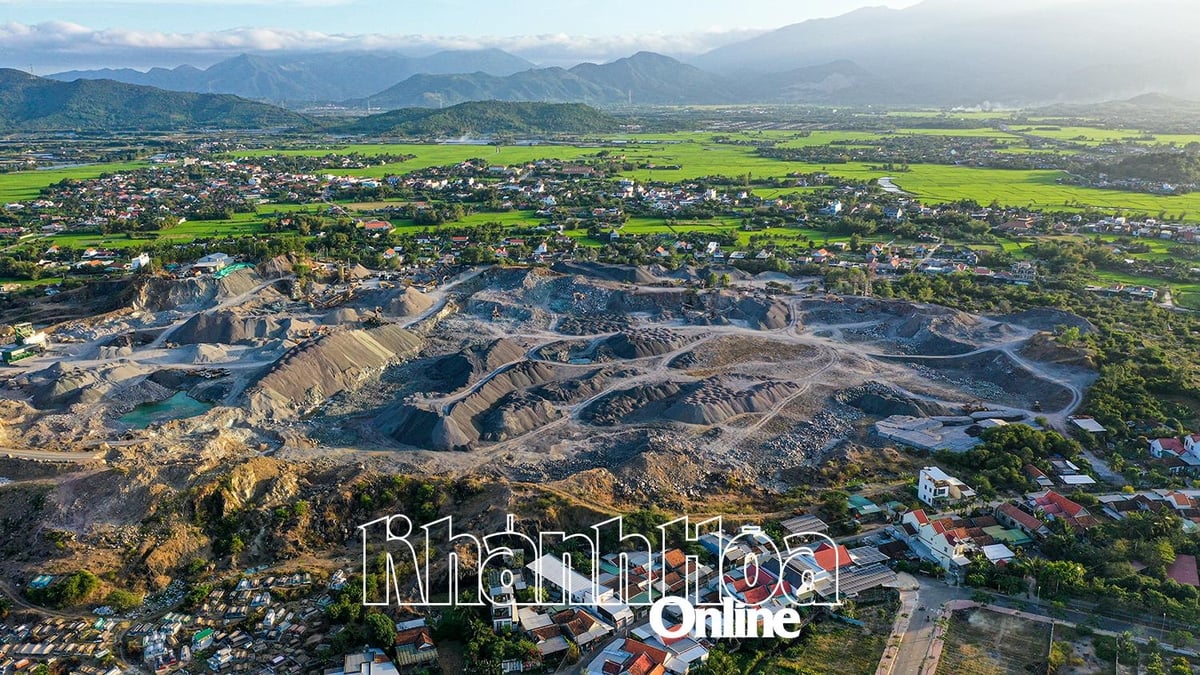







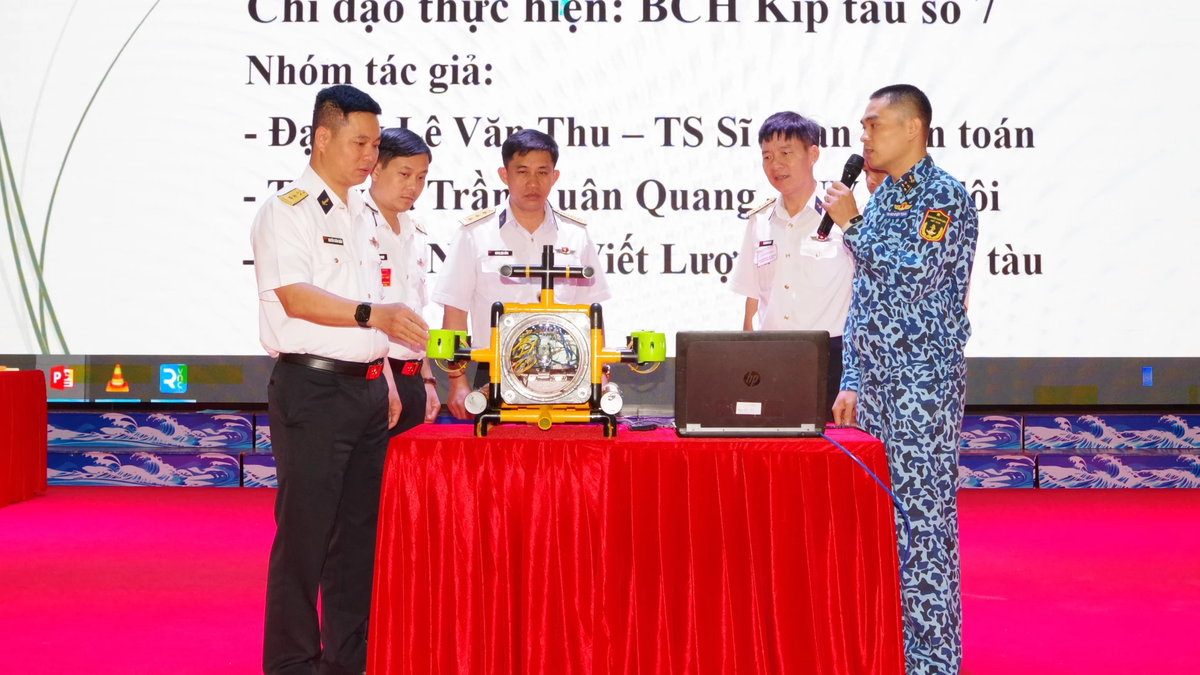











![[Photo] Politburo works with Standing Committees of Lang Son and Bac Ninh Provincial Party Committees](https://vphoto.vietnam.vn/thumb/1200x675/vietnam/resource/IMAGE/2025/8/20/0666629afb39421d8e1bd8922a0537e6)
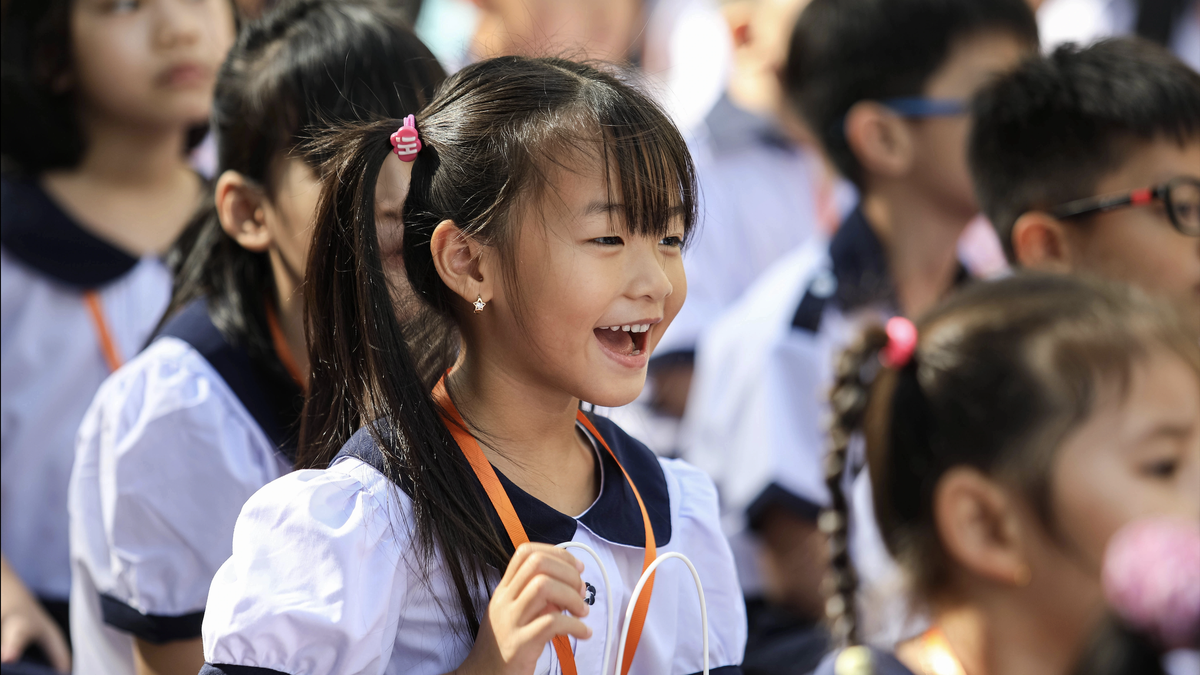
![[Photo] Prime Minister Pham Minh Chinh receives Australian Foreign Minister Penny Wong](https://vphoto.vietnam.vn/thumb/1200x675/vietnam/resource/IMAGE/2025/8/20/f5d413a946444bd2be288d6b700afc33)
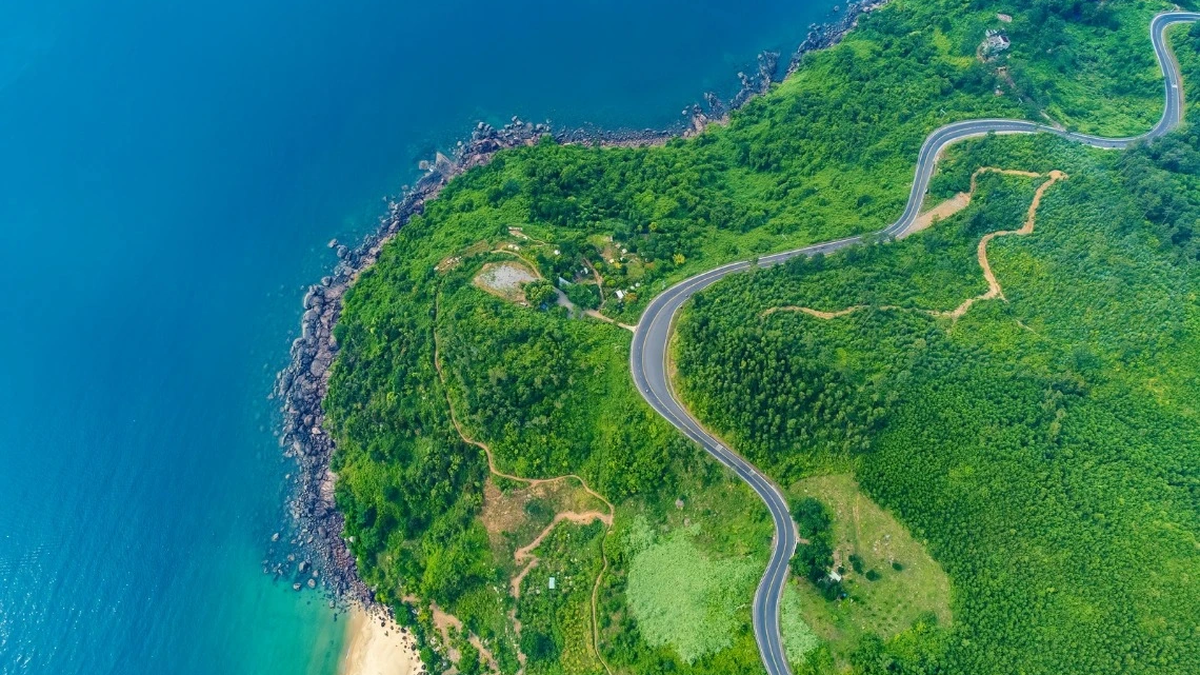
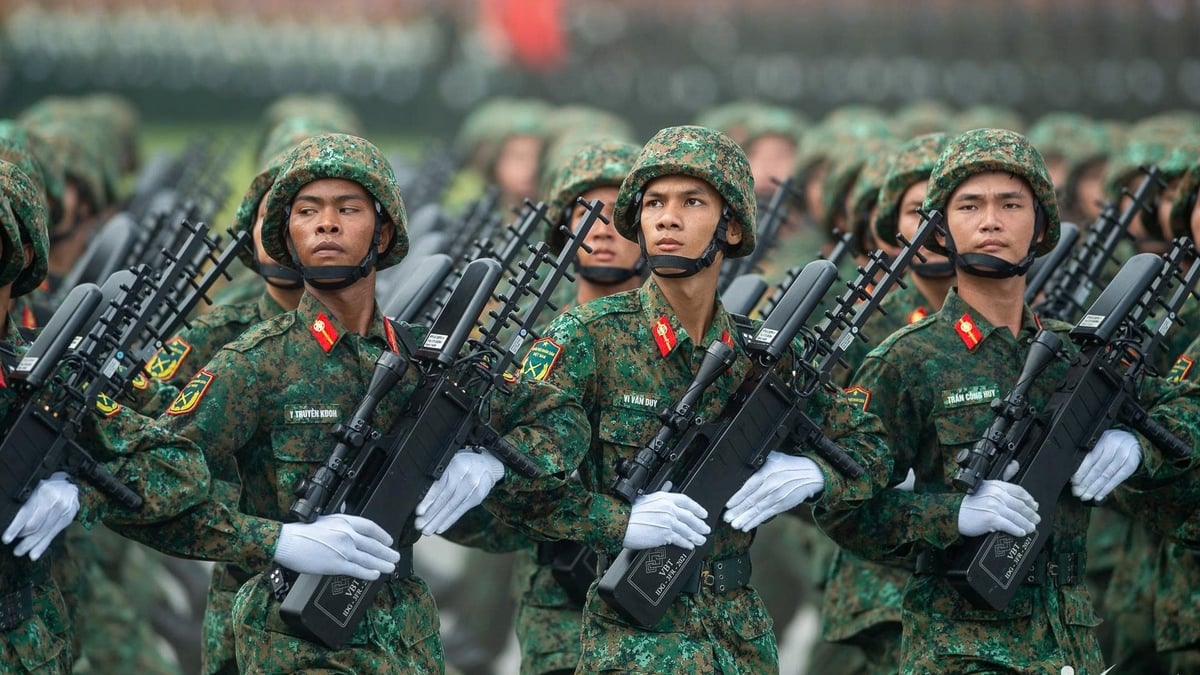
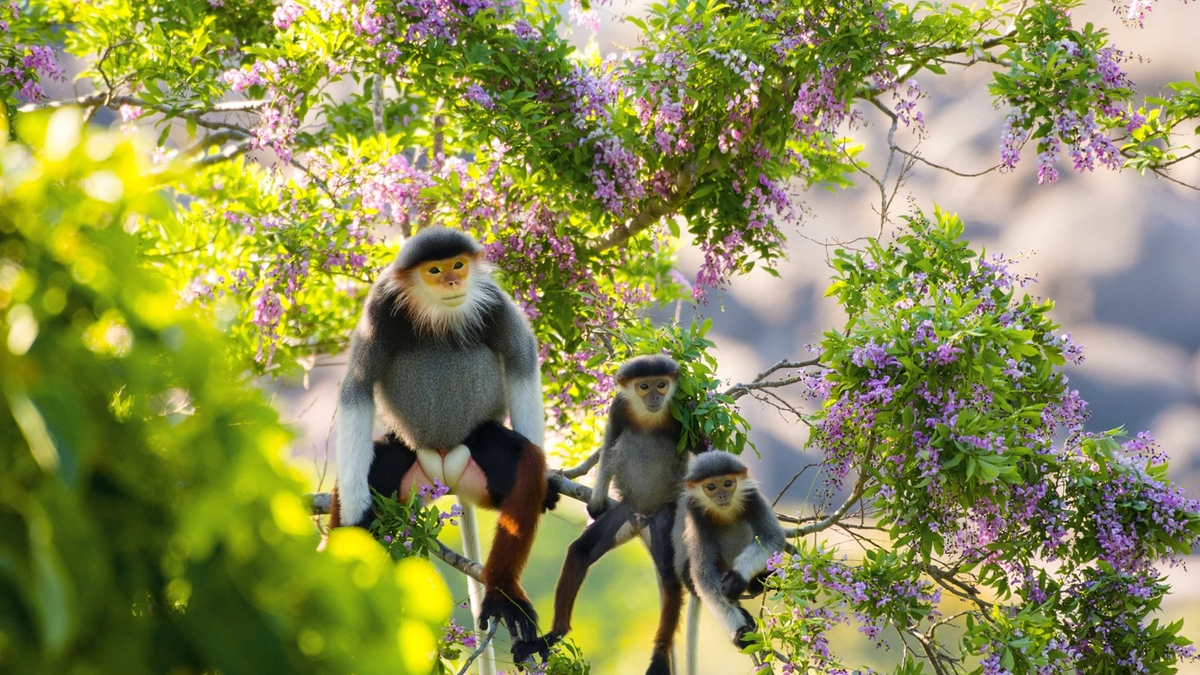


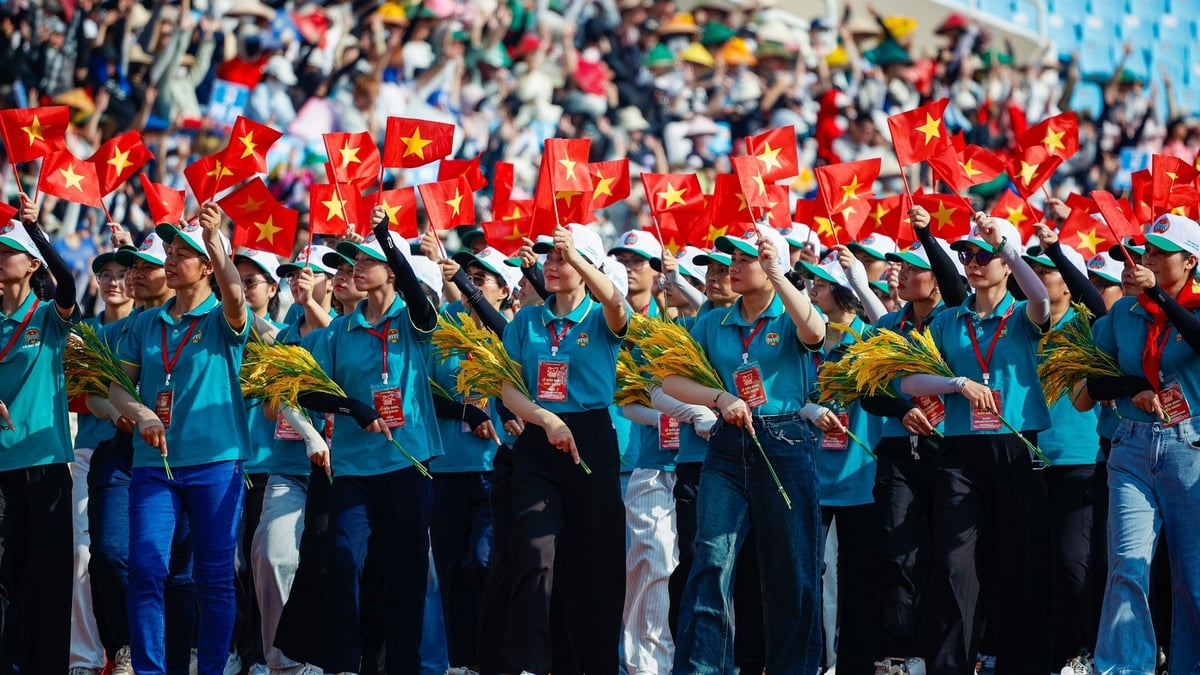


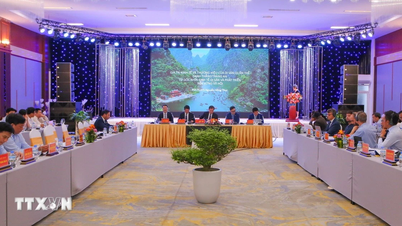

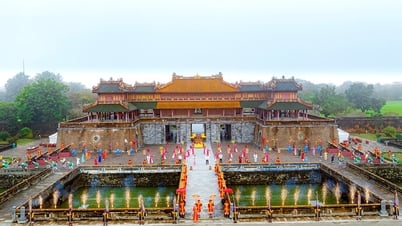

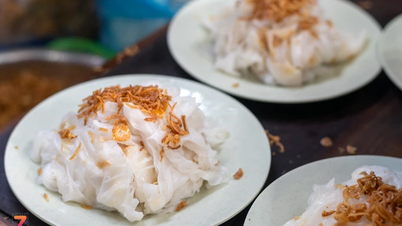

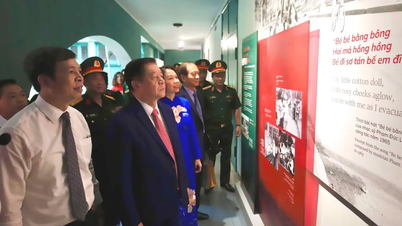

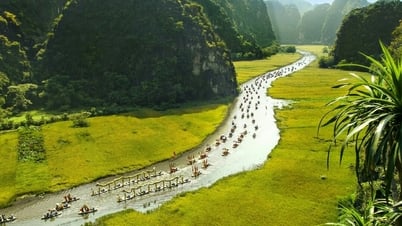




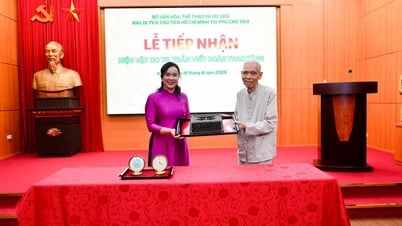



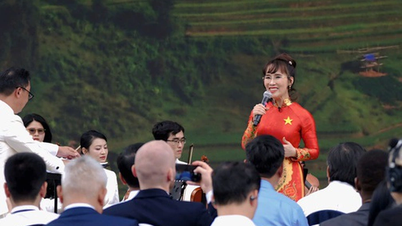






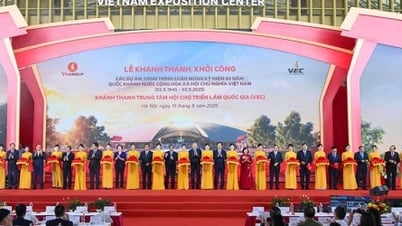






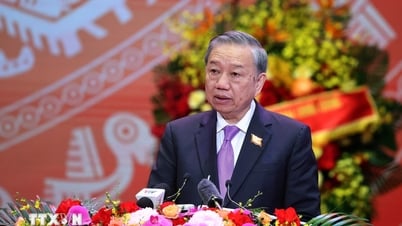



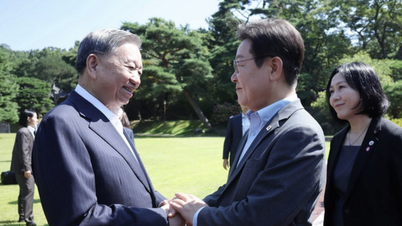



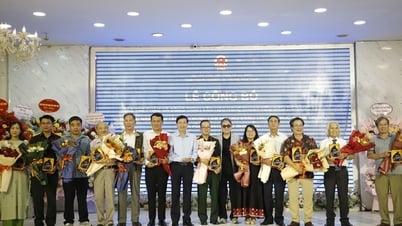

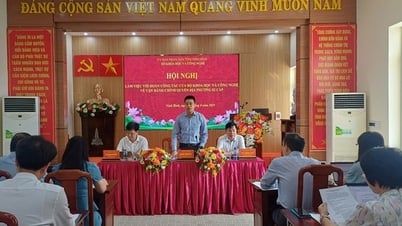













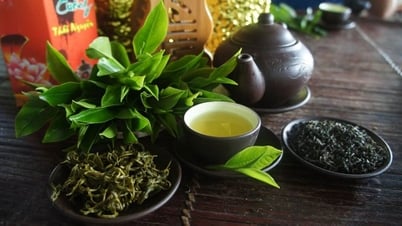

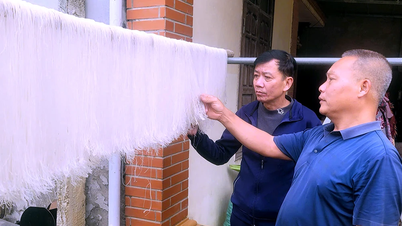








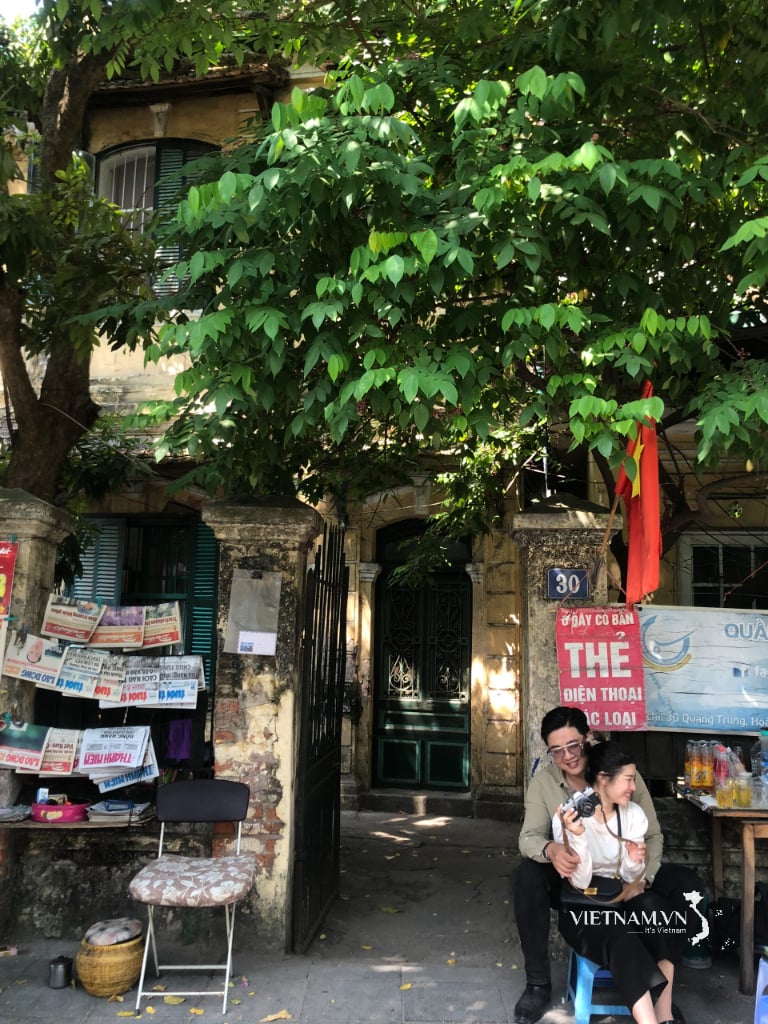

Comment (0)